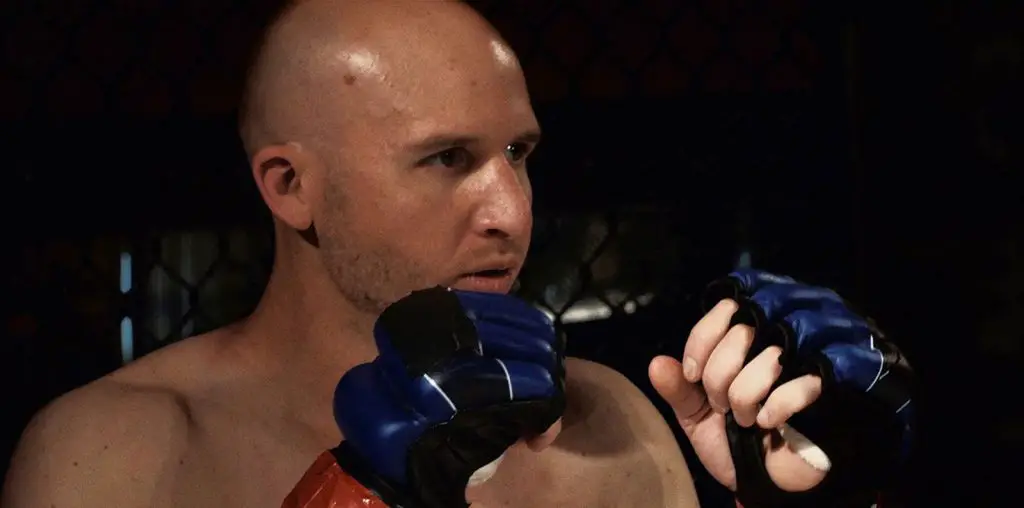
In his collection of essays entitled “Sex, Drugs and Cocoa Puffs,” Chuck Klosterman astutely observes that “dynamic, nonretarded Americans… all seem to share a single unifying characteristic: the inability to experience the kind of mind-blowing, transcendent romantic relationship they perceive to be a normal part of living.” For this, he chooses to blame John Cusack. (For the sake of argument, John Cusack is interchangeable with his character in “Say Anything”.)
John Cusack is not a fairy tale prince. He’s just a really nice guy. That’s why it may seem perfectly reasonable to want to “hold out” for a John Cusack of your own. But in actuality, John Cusack is a completely unattainable romantic ideal, which has made every “dynamic, nonretarded American” believe that if they don’t have a boom box serenade, they don’t have anything. Nate Meyer puts Klosterman’s idea into practice with his carefully crafted film, “See Girl Run”, by using the mold of a Hollywood romance to show how damaging these notions are when taken too seriously.
Robin Tunney plays, Emmie, a self-employed thirty-something who is experiencing a downswing in her marriage. Thanks to ongoing correspondence with her high school sweetheart, she allows herself to get swept up in the idea that she’s been missing out on her Happily Ever After. Unbeknownst to her husband (Josh Hamilton), she auditions for a reality show about reuniting lost loves, naming Jason (Adam Scott) as the one who got away. When the casting director dismisses her application on a technicality, Emmie decides to take the reunion into her own hands, and heads back to her small coastal hometown in Maine to pursue what might have been.
Meanwhile, Jason has been slumming it at a lobster restaurant, while he obstinately chases his pie-in-the-sky dreams of becoming a professional illustrator and reuniting with Emmie. He’s stalled his life for years, never fully committing to anything or anyone. He’s the personification of the undisturbed childhood bedroom. Adam Scott’s effortless charm invokes empathy toward a delusional character that might have otherwise been insufferable.
Jason and Emmie share a consuming sentimentality and a confidant in Emmie’s brother, Brandon. Meyer tells the story through the perspective of the would-be lovebirds, letting the detriment of what they’re doing speak for itself. At first, Brandon lets Jason and Emmie’s juvenile shenanigans distract him from his own issues of depression, alcoholism and a freshly botched marriage. But, as Emmie continues to put off seeing Jason, literally hiding from him on several occasions, Brandon must be the voice of reason for these two foolish saps. Emmie and Jason have cast themselves in a formulaic romance. If this were a Hollywood film, we would be expected to root for them. But Meyer’s refreshing script reflects the reality of their actions in the peripheral characters.
There is a reason people say, “marriage is work.” It’s because once the initial luster wears off, you’re left with two flawed people who have entered into a partnership. Sometimes, you love your work and sometimes it’s a pain in the a*s. But it’s never going to be perfect because there’s no such thing. John Cusack is the disease. Just maybe, “See Girl Run” is the antidote.


Lloyd, Lloyd, all null and void!!!!